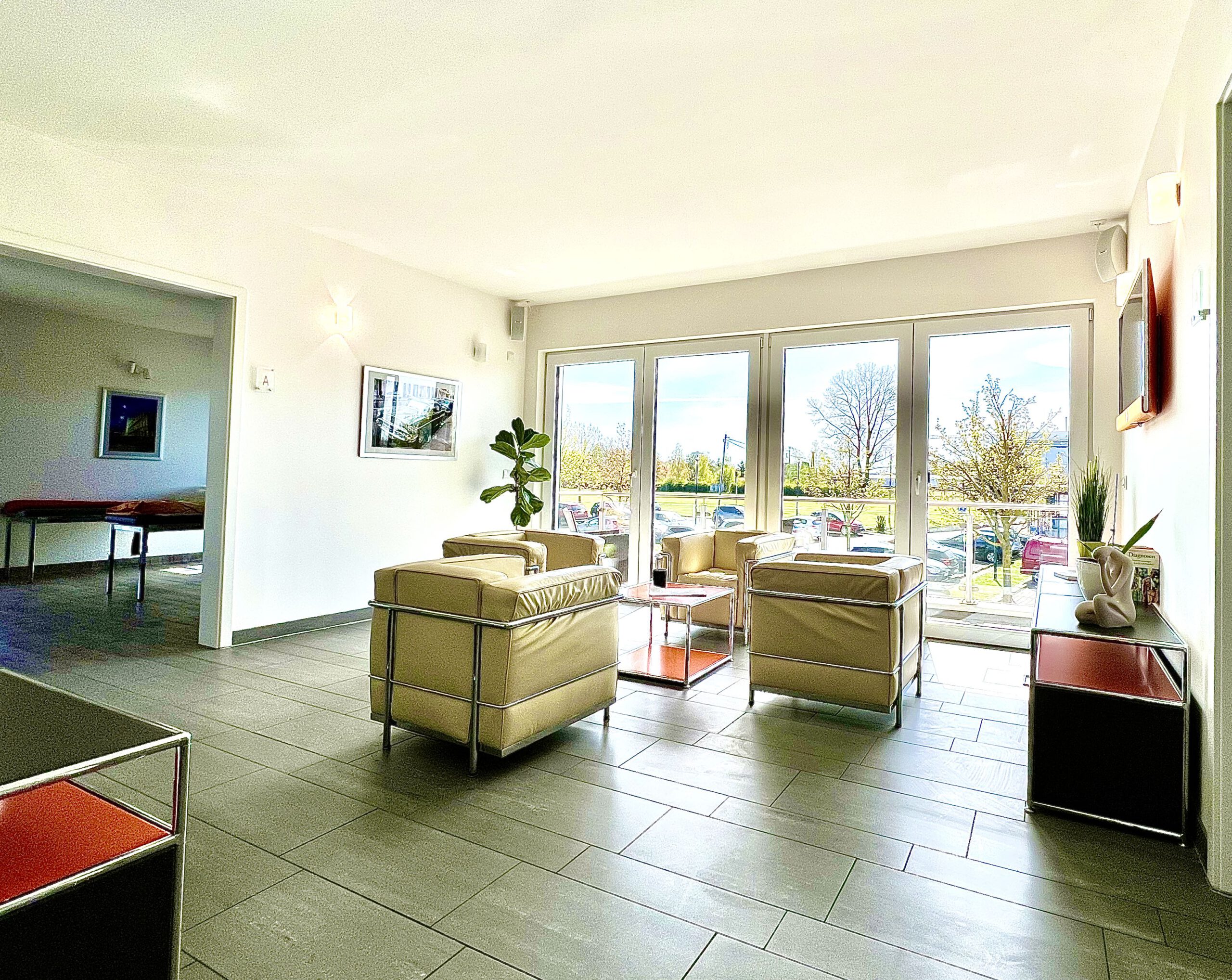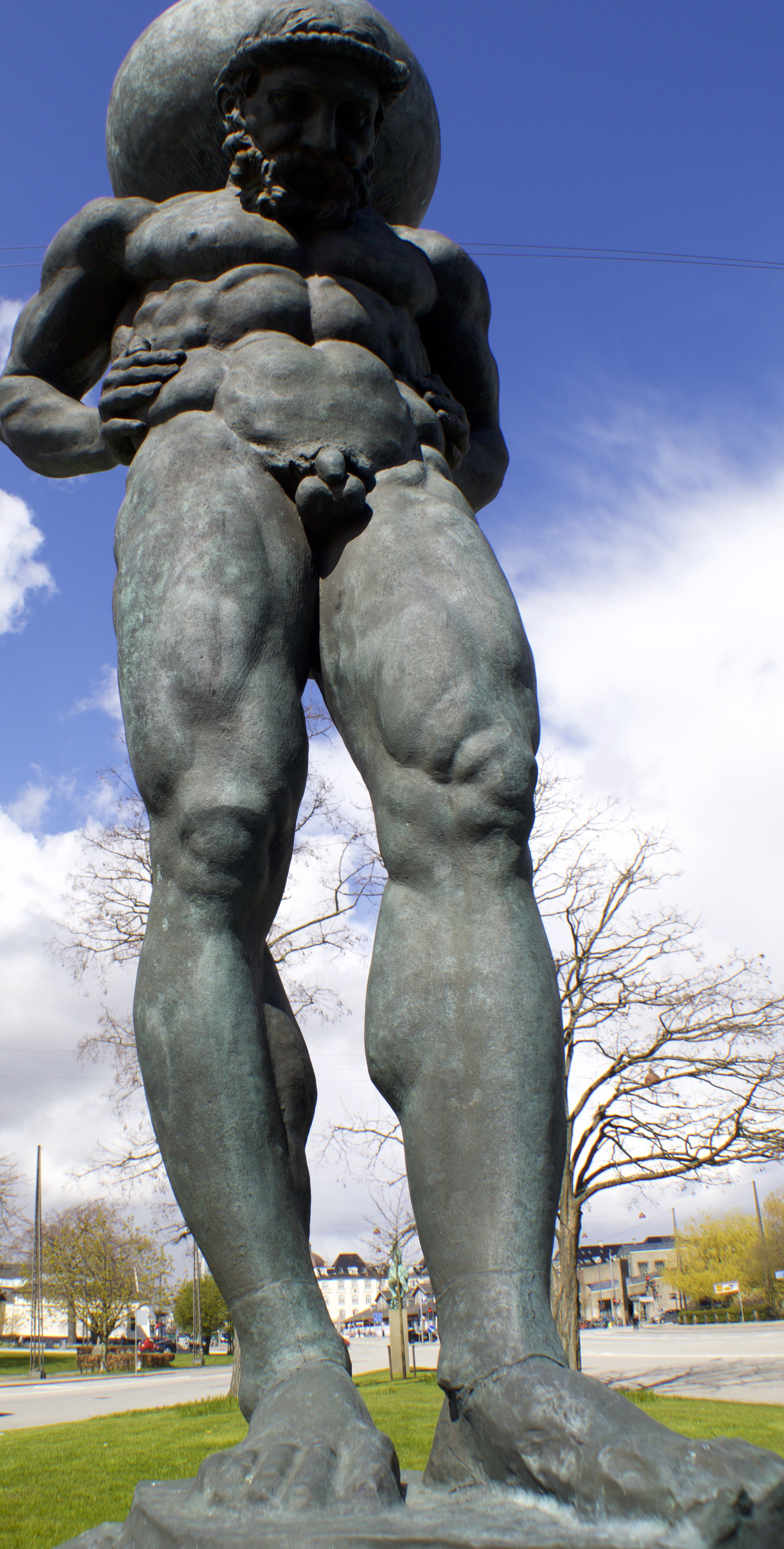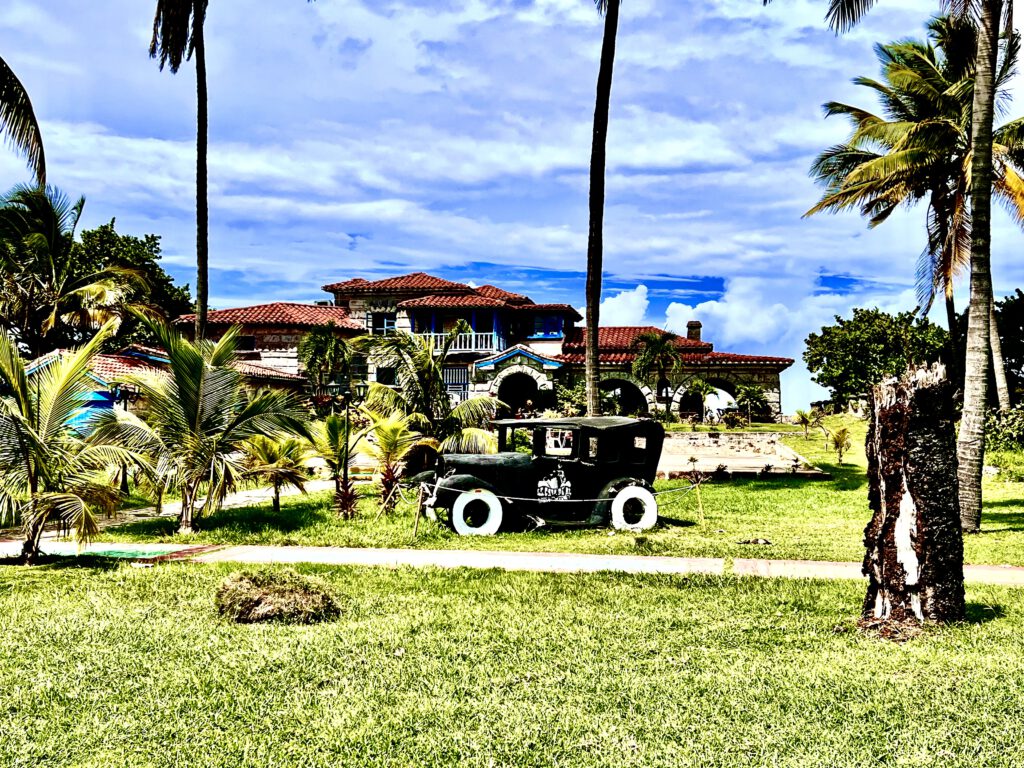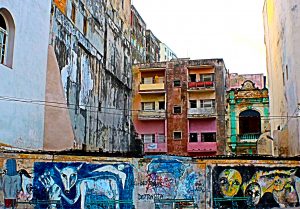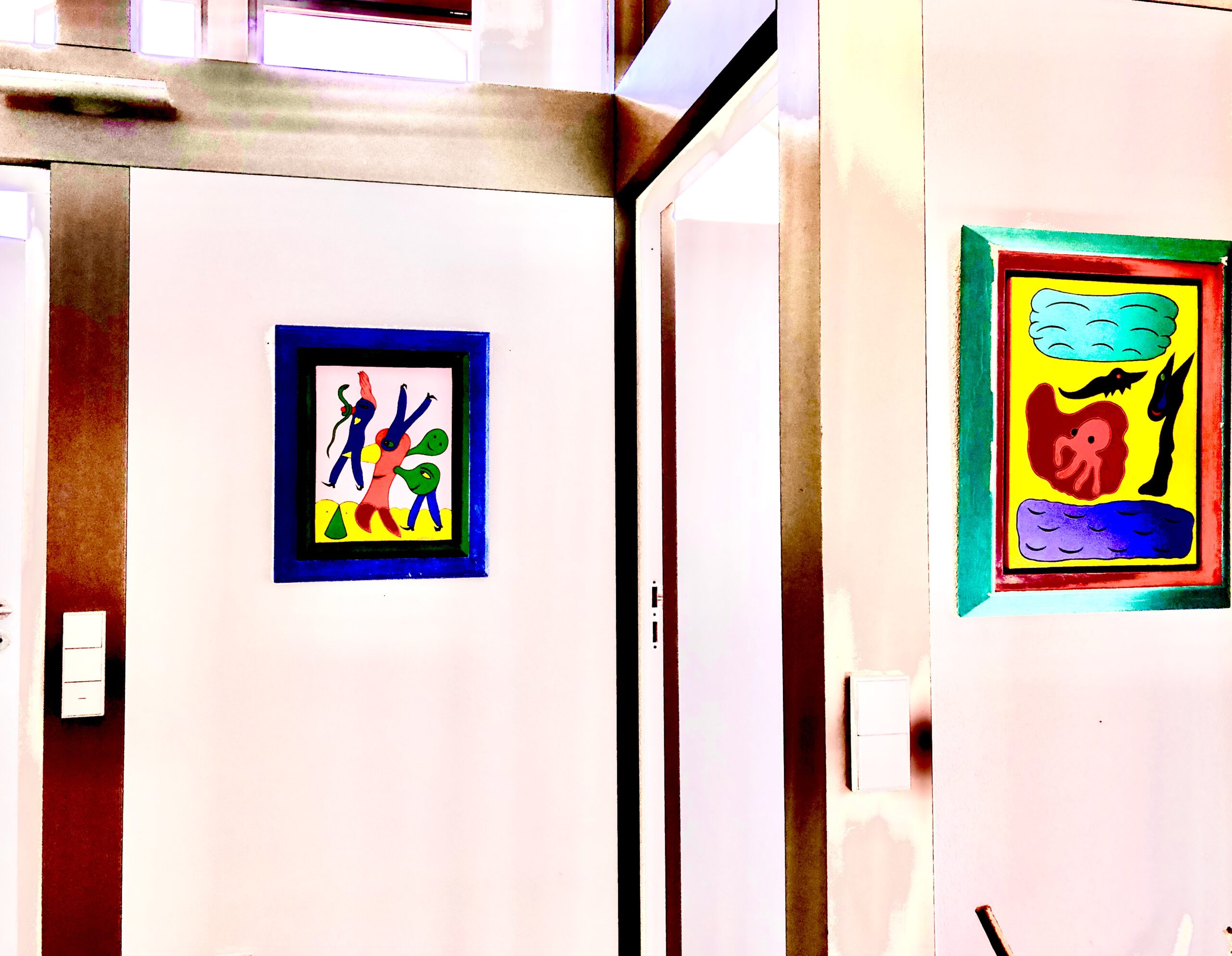Saphenion®: Therapie bei Beinvenenthrombosen
Saphenion®: Therapie bei Beinvenenthrombose – Allein in Deutschland sterben über 40 000 Menschen jedes Jahr an den Folgen einer Lungenembolie – das sind mehr Todesfälle als im Strassenverkehr, bei AIDS, Prostata – und Brustkrebs zusammen! Weltweit steht jeder vierte Todesfall in Zusammenhang mit einer Thrombose! Allgemein gilt die Beinvenenthrombose immer noch als eine unterschätzte akute Erkrankung.
Die Beinvenenthrombose wurde lange stationär mit strenger Bettruhe über 7 – 14 Tage, intravenöser Heparinisierung und ggf. der Anlage eines Zinkleimverbandes therapiert.
Erst nachdem die Therapie mit ambulant applizierbaren niedermolekularen Heparinen (NMH) sich durchzusetzen begann, ergaben sich auch für die Therapie der Beinvenenthrombose neue Optionen.
Saphenion®: Therapy for leg vein thrombosis – In Germany alone, more than 40,000 people die every year as a result of pulmonary embolism – that’s more deaths than from road traffic accidents, AIDS, prostate and breast cancer combined! Worldwide, one in four deaths is related to thrombosis! In general, leg vein thrombosis is still considered an underestimated acute illness.
For a long time, leg vein thrombosis was treated in hospital with strict bed rest for 7 – 14 days, intravenous heparinization and, if necessary, the application of a zinc paste bandage.
It was only after therapy with low-molecular-weight heparins (NMH) that could be administered on an outpatient basis began to gain acceptance that new options for the treatment of leg vein thrombosis emerged.
